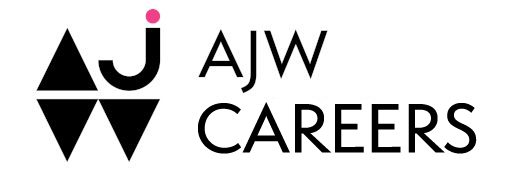Having listed three important reasons WHY a career development log is a useful tool to track how your role, skills and experience broaden over time, follow this advice on HOW to do it:
Keep it simple
You can be as short or as long as you wish but focus on the key events in your entry and don’t get side-tracked by you emotions. You can use a journal for that purpose.
You can create a simple table with key headings to make sure you don’t miss out on any important elements.
Align it with the STAR method
Refer to the method used in competency based interviews and make sure that you include:
- Situation/Circumstances (how the project came about, when did it start and finish)
- Task (what did you work on and to what purpose, with what stakeholders including name, organisation, title, how regularly)
- Action (what did you specifically do; use action words like ‘created’,, ‘designed’, ‘implemented’, ‘communicated’, ‘trained’, ‘set up’ etc.)
- Result (what was the outcome and the feedback)
Quantify your results
As much as possible, capture the quantifies value of your work. It is OK to have a ‘positive outcome with high customer satisfaction’, but it is much better to have a result of ‘££ of extra sales/profit achieved‘ or ‘x% growth in customer satisfaction achieved compared to previous year’s figures‘ just to give an idea.
Make sure you mention all additional impact including things like ‘the new process implemented by me created efficiencies for the entire team by reducing the number of steps from X to Y and the time involved by x%‘
Focus on YOUR OWN role
Only log your task and your actions. By doing so, you can avoid using later on the all-so-confusing personal pronoun ‘we‘ in describing how you made a difference. Keep your own role in focus.
If you follow these steps, you will not only remember the important facts but you will also have an easy time when writing an achievement-focused CV and getting prepared for competency-based interviews.

